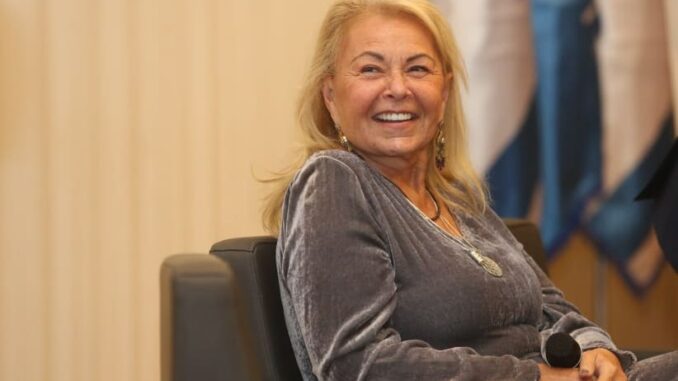
Darlene Conner, portrayed by Sara Gilbert on the iconic sitcom Roseanne, is one of television’s early representations of a queer character who navigates her identity in a complex family environment. While Darlene’s journey toward self-acceptance and her eventual coming out resonated with many viewers, she also exemplifies a broader trend of queer characters who “hide in plain sight.”
1. Subtle Queerness in Mainstream Media
Darlene’s character initially presented as a tomboy with a strong personality, often masking her true feelings and identity beneath a layer of sarcasm and humor. This portrayal reflected the reality for many queer individuals who may not fit into traditional gender norms but find themselves navigating a world that often demands conformity.

2. The Importance of Representation
Darlene’s storyline highlighted the importance of representation in media, showcasing the struggles and triumphs of coming out within a loving, albeit complicated, family. Her experiences resonated with audiences who saw aspects of themselves in her journey, making her one of the first relatable queer characters on mainstream television.
3. Characters Who Reflect Real Life
Much like Darlene, many queer characters in television and film have existed in the shadows, their identities hinted at but not explicitly defined. These characters often serve as reflections of real-life experiences, where individuals may wrestle with their identities in environments that are not always accepting.
4. Cultural Impact
The impact of Darlene’s character extends beyond Roseanne. She paved the way for future queer characters to emerge in various shows, encouraging more open discussions about sexuality and identity. Her relatability helped normalize the experiences of queer individuals, contributing to greater acceptance in society.
5. The Evolution of Queer Representation
As television has evolved, so too has the representation of queer characters. While Darlene’s arc was groundbreaking for its time, contemporary shows often feature more explicitly queer characters. However, the legacy of characters like Darlene remains important, reminding us of the journey toward visibility and acceptance.
Conclusion

Darlene Conner’s story in Roseanne serves as a potent reminder of the complexities of queer identity and the importance of representation in media. Her character resonates with those who have felt the need to hide in plain sight, highlighting the ongoing conversation about acceptance and the celebration of diverse identities. As the landscape of television continues to change, the influence of characters like Darlene will be felt for generations to come.
